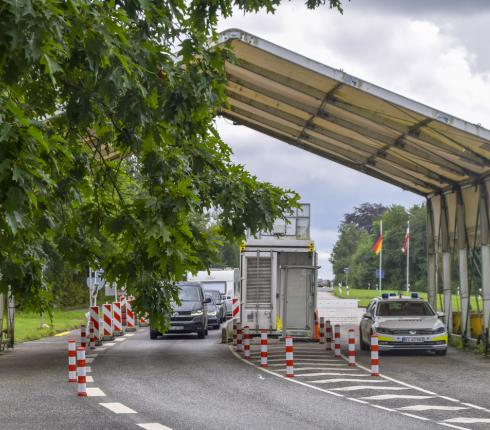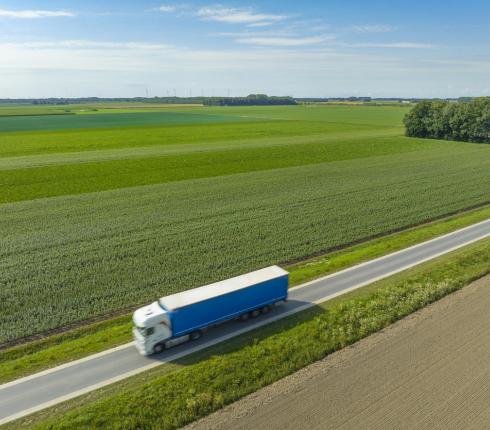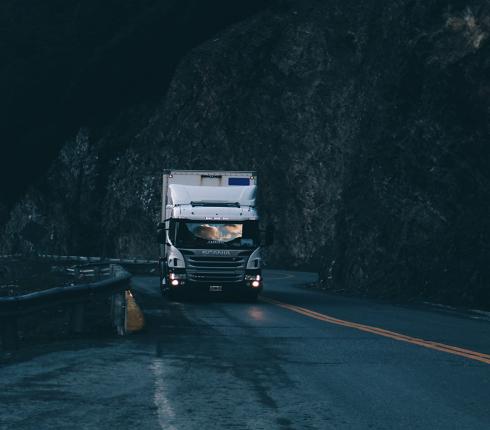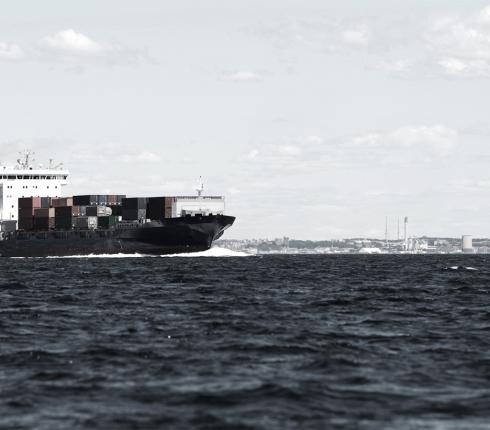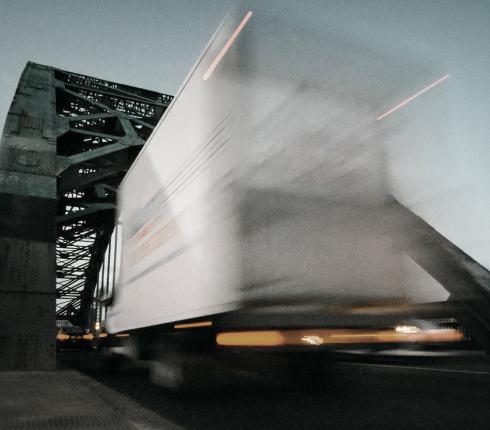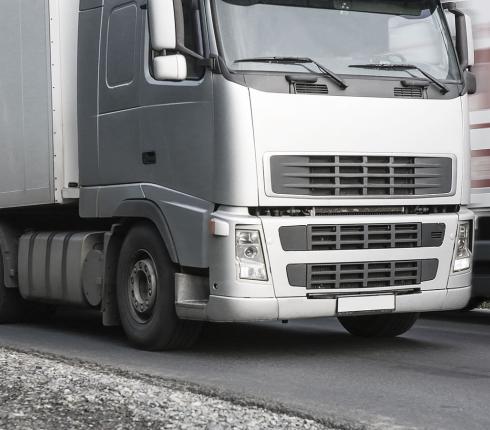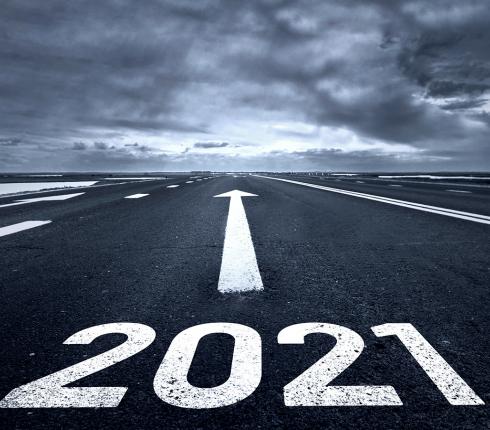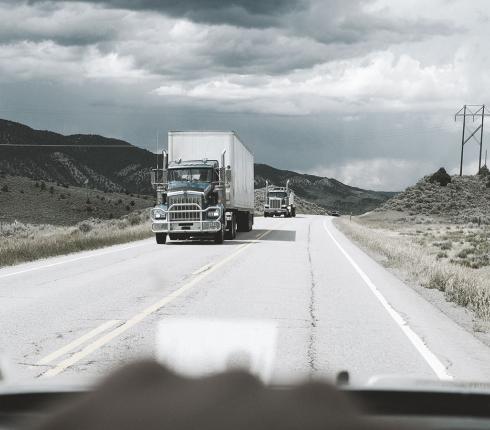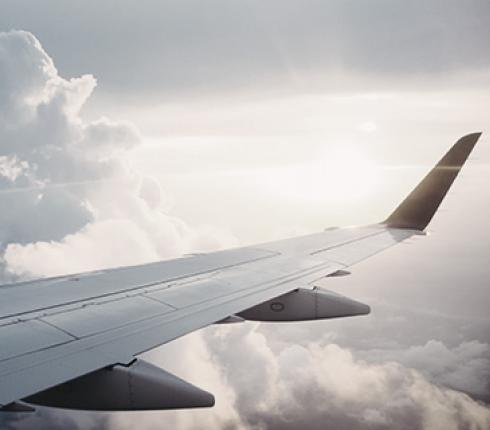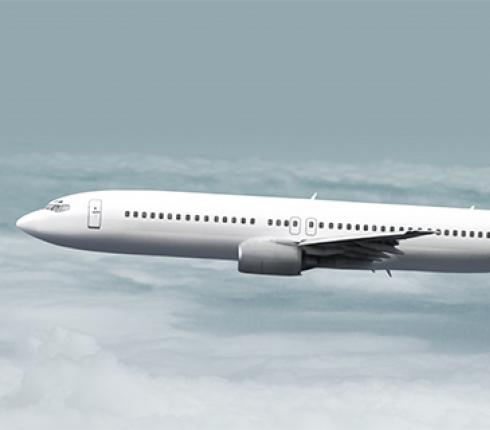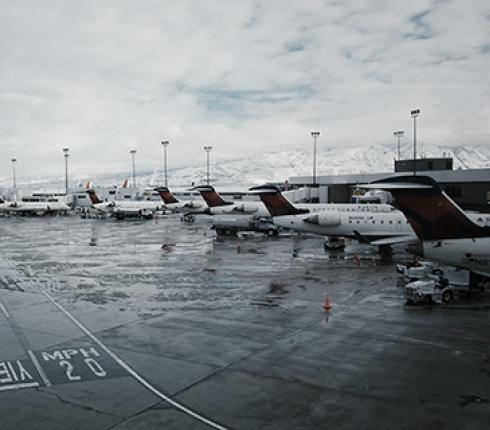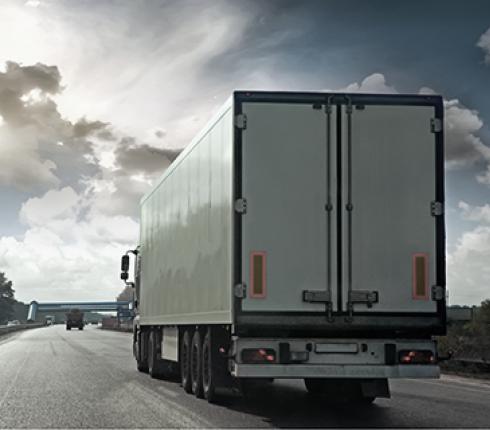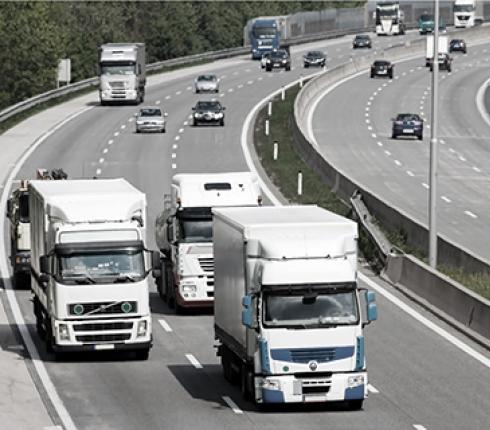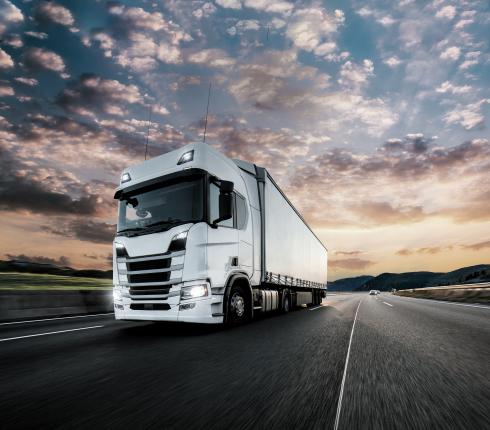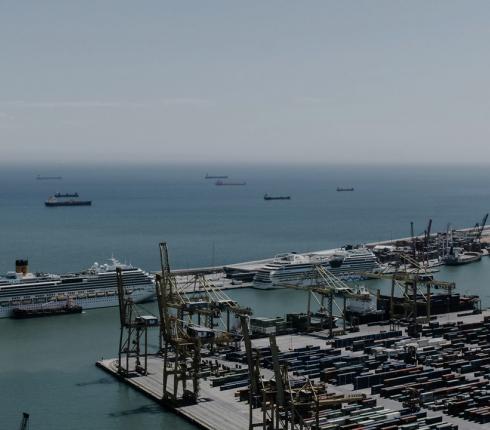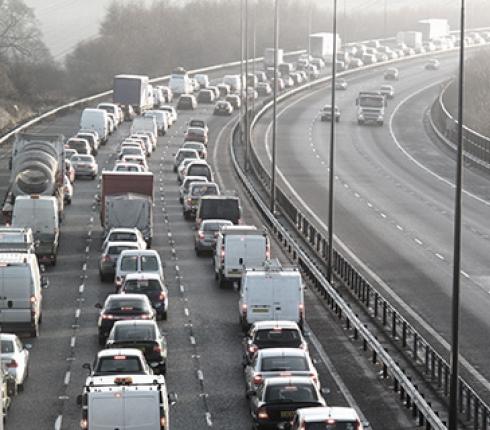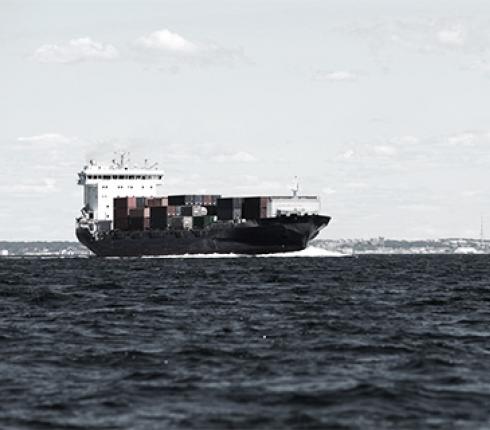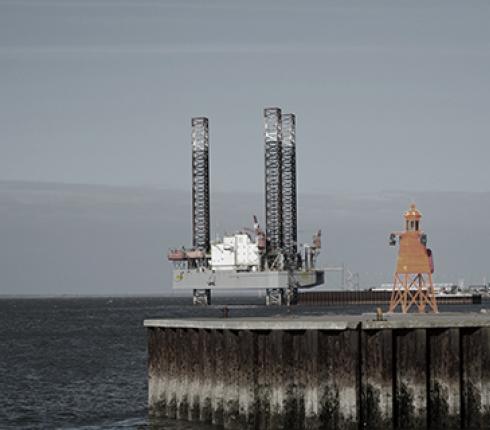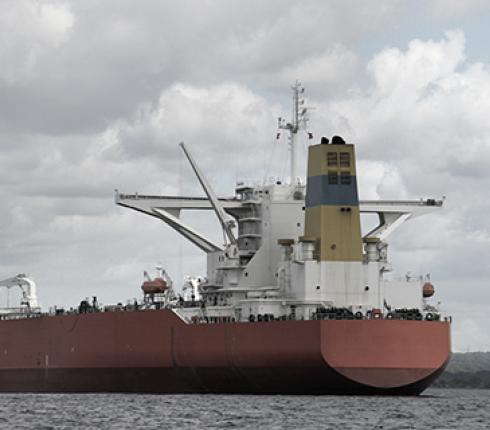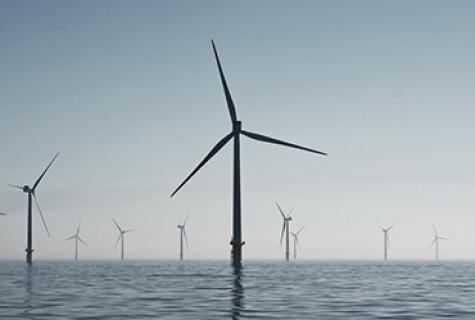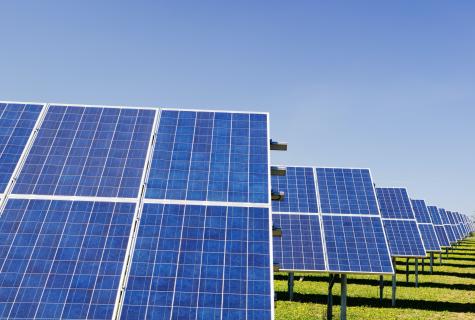New sulphur caps – 2020
The new requirements for lower sulphur content in bunkers, which come into force on January 1, 2020, have been subject to great focus among shipping companies, bunker suppliers and media in 2019.
There is now less than a year until the new requirements to enter into force. This is felt among Danish shipping companies, who must find ways to adjust their ships to comply with the new requirements. Two of the most popular solutions are either to switch to a fuel that complies with the requirements or to install scrubbers that can remove sulphur from the exhaust gas using traditional bunkers. The demand for scrubbers grew noticeably in 2018 and has led to a capacity shortage of the shipyards where the ships can have these installed.
The new sulphur caps on fuel
In 2016, the UN's Maritime Organization IMO decided to tighten the requirements for the sulphur content in ships' fuel. This means that in the future, ships will only be able to use fuel with a sulphur content of no more than 0.50% against the current limit of 3.50%. For ships sailing in the North Sea and the Baltic Sea, the sulphur content is limited to 0.1%.
Monitoring by authorities and new requirements
All EU member states are obliged to annually check 10% of all ships calling at member states' ports. As one of the first countries, Denmark has deployed so-called "sniffers" that can detect if ships are complying with the sulphur caps. Monitoring using sniffers takes place, for example, at the Great Belt Bridge and on some of the major shipping routes through Danish waters. In addition to the "sniffer" measurements, oil samples are also taken in several ports.
To strengthen the monitoring of the ships that sail through Danish waters, the Danish government has set aside DKK 12 million over a 4-year periode for sulphur monitoring. In addition, in December 2018 the Danish government adopted a law that allows publishing of the names of the shipping companies that are not in compliance with the sulphur requirements. The Act came into force on 1 January 2019.
Another new global requirement came into force on January 1, 2019: Now, ships of 5,000 gross tonnages and above must collect consumption data for each type of fuel. The aggregated data must be reported to the flag states, who forward it to a database in IMO. The information will be used for an annual report to the IMO’s Marine Environment Protection Committee.
New requirements for bunker suppliers
BIMCO has developed and adopted two new bunker clauses that will deal with the responsibilities in relation to complying with the new rules. The clauses came into force on 1 January 2019 and are considered to be a helping hand in the enforcement of the new rules.
One of the clauses is intended to work in relation to the bunker document, bunker delivery note (bdn). With the new clause, a representative from the fuel supplier must sign a guarantee that the fuel delivered complies with the sulphur requirements and does not exceed the fixed caps for the amount of sulphur.
Another clause deals with the transitional period from the end of 2019 to the beginning of 2020. The clause focuses on the cooperation between shipowners and charterers to minimise quantities of non-compliant fuel. A key element of the clause is that any fuel with a sulphur content higher than 0.5% after 1 January 2020 must be removed by a new delivery. This must be done by 1 March 2020 at the latest. Another key element is that the charterers have the financial responsibility for removing non-compliant fuel. However, the cleaning of tanks must be done at the ship owner's expense.
At NJORD, we keep updated on the new sulphur requirements and the run-up to the date when they enter into force.

